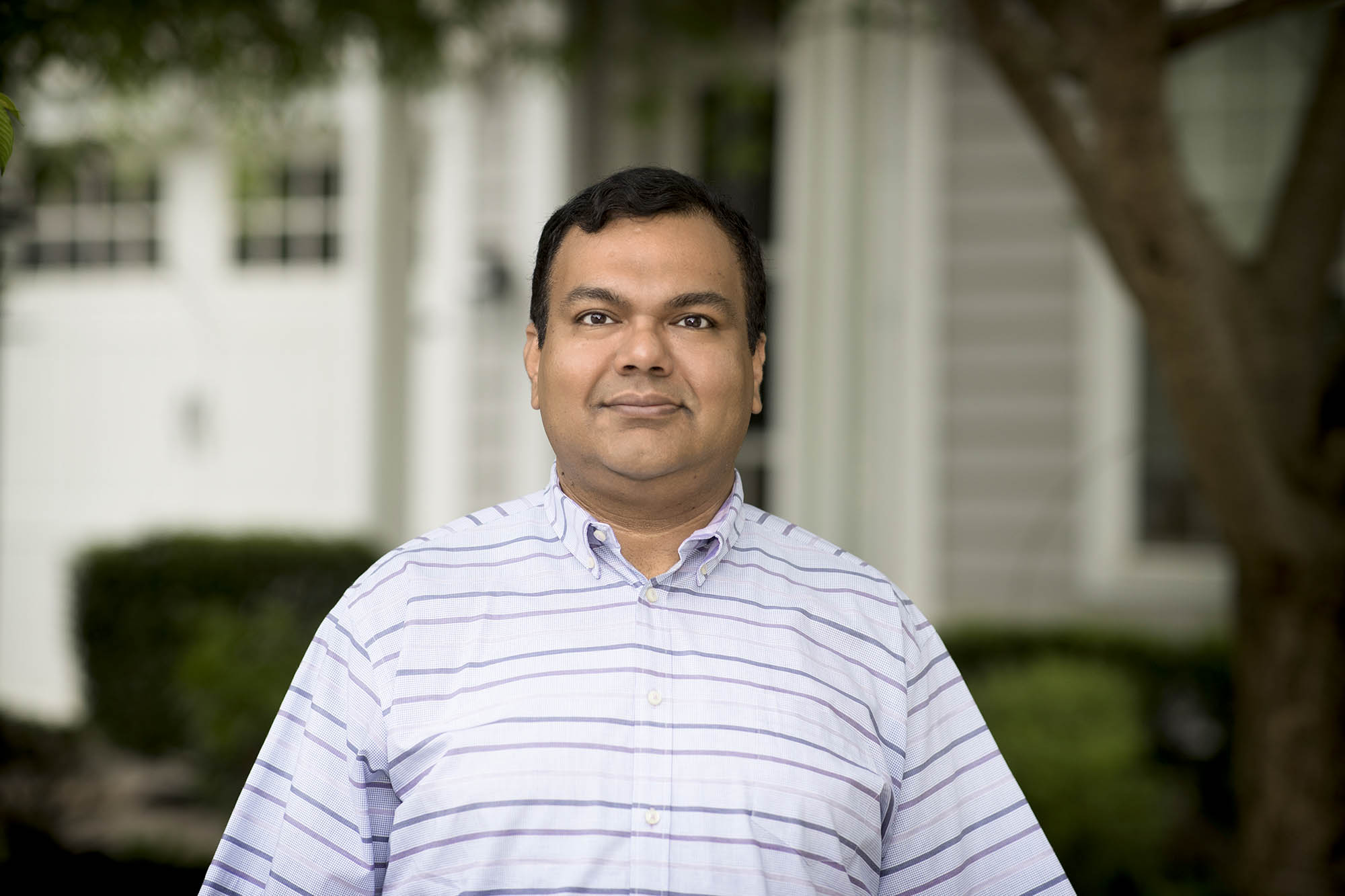“Using survey data from 11 states in the United States, we were able to demonstrate that rural-dwelling women had lower rates of adherence to colorectal cancer screening compared with women living in urban areas. However, both groups of women had similar rates of adherence to breast cancer screening,” said researcher Rajesh Balkrishnan of the University of Virginia School of Medicine and UVA Cancer Center. “These findings suggest that colorectal cancer screening may not be as available in rural areas as breast cancer screening.”
Why Do Colorectal Cancer Screening Rates Differ?
To understand how often women in rural and urban areas get screened for breast and colorectal cancer, Balkrishnan and colleagues looked at responses from 2,897 women, ages 50 to 75, to surveys at 11 sites around the country, including UVA, Virginia Commonwealth University, the University of Pittsburgh and the University of Alabama at Birmingham.
About 81% of both urban and rural women were up to date on their breast cancer screenings, but only 78% of rural women were following the colorectal cancer screening guidelines. In comparison, 82% of urban women were getting screened for colorectal cancer.
The researchers say the disparity in colorectal cancer screenings may stem from the slow arrival of new screening methods to rural areas. They hypothesize that fewer rural residents may be getting screened for colorectal cancer because they don’t have easy access to testing. Travel times, for example, may be a barrier, and it may be difficult for people to get time off work, especially for those with lower-paying jobs.
The researchers note that women who had health insurance were two to three times more likely to comply with breast cancer and colorectal cancer screening guidelines than women without insurance. “Increase in health care coverage as a result of the Patient Protection and Affordable Care Act, which included elimination of copay for preventive health services including breast and colorectal cancer screening, has been well documented and found to be associated with an increase in screening rates for breast and colorectal cancer,” the researchers write in a new scientific paper outlining their findings.
The researchers expected that there would be differences in mammography rates based on race, as African American cancer outcomes tend to be much worse than among whites. But the results came as a surprise: Mammography screening was significantly higher in non-Hispanic Black women than in non-Hispanic white women. This difference could not be explained by location or other factors.
In response to their findings, the researchers are urging public health interventions to increase colorectal cancer screening among rural women. For example, rural residents may benefit from campaigns to increase awareness of home colorectal cancer testing that can be done by mail.
“While the rural health disparities observed in this study present substantial public health challenges, it is possible to improve cancer outcomes through appropriate public health interventions,” said Balkrishnan, of UVA’s Department of Public Health Sciences. “Interventions that improve patient navigation and education related to the importance of cancer screenings have a potential to improve access and use of cancer screening in rural areas.”
Findings Published
The research team has published its findings in the scientific journal JAMA Network Open. The team consisted of Sanjay Shete, Yangyang Deng, Jackilen Shannon, Babalola Faseru, Deirdre Middleton, Ronaldo Iachan, Brittany Bernardo, Rajesh Balkrishnan, Sunny Jung Kim, Bin Huang, Morgan M. Miller, Bernard Fuemmler, Jakob D. Jensen, Jason A. Mendoza, Jinxiang Hu, DeAnn Lazovich, Linda Robertson, Wendy Denmark-Wahnefried and Electra D. Paskett for the Rural Workgroup of the Population Health Assessment in Cancer Center Catchment Areas Initiative. Paskett has received grants from the Merck Foundation, Pfizer and the Breast Cancer Research Foundation unrelated to the work.
The study was funded by the National Institutes of Health’s National Cancer Institute, grants P30CA016058, P30CA044579-27S5, P30CA013148-46S5, P30 CA168524-07S2, P30 CA06953-20S1, P30CA047904-28S3, 3P30 CA177558-04S5, P30CA015704-43S4, P30 CA016059-30, 3P30CA069533, P30 CA042014-29S7, P30 CA082709-17S6, and P30CA016672. The work was also supported by the American Cancer Society, grant CRP-19-175-06-COUN, and CTSA Award UL1TR002366.
To keep up with the latest medical research news from UVA, subscribe to the Making of Medicine blog.











